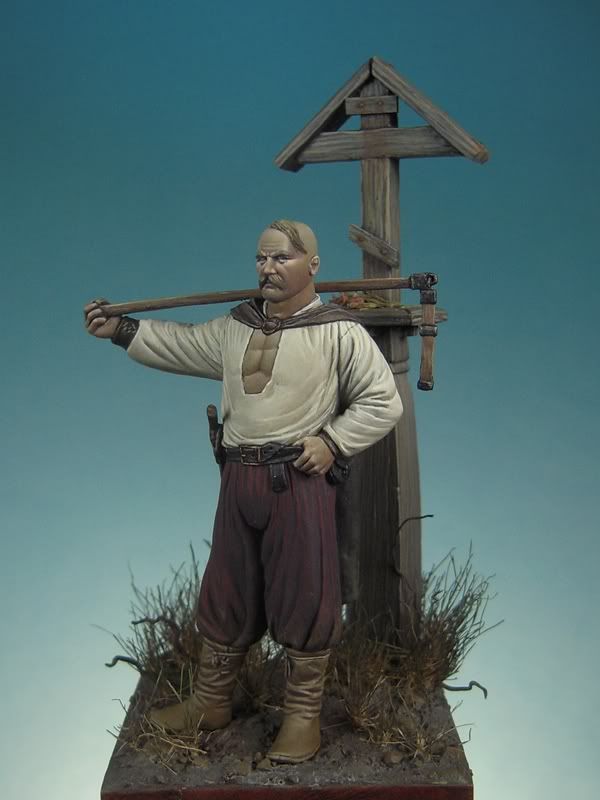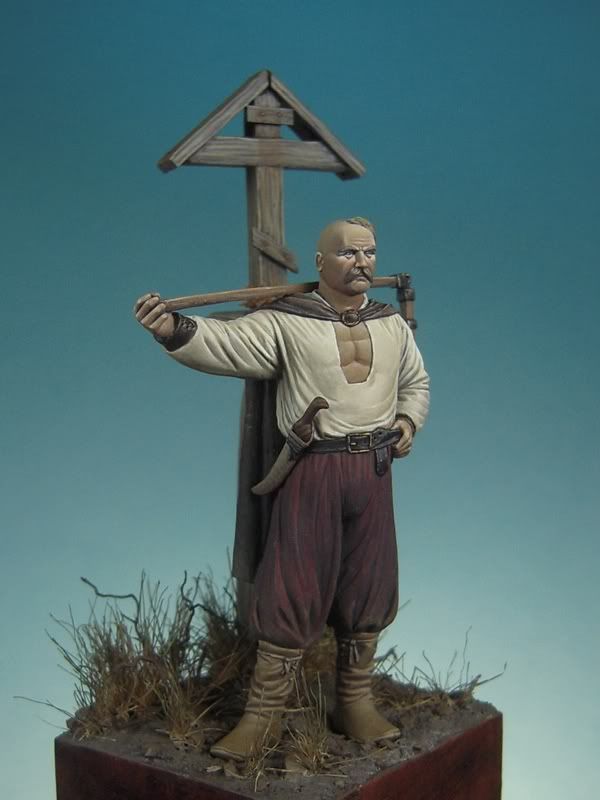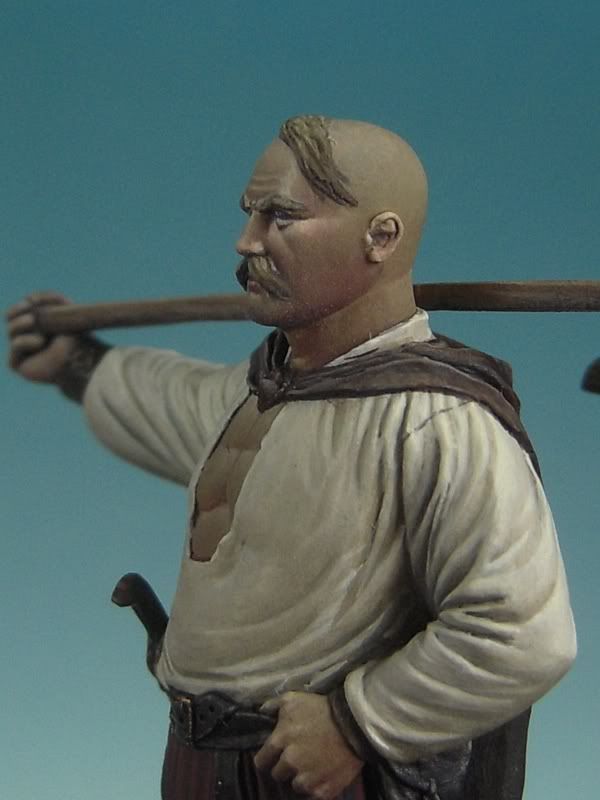hi, I'm an italian modeller and sorry but I'm arrived just now on this thread!!!!!!
GREAT WORK from a great Master, I hope to learn a lot to paint last Art Girona Attila ( by latorre, is it right?) like you did. just a question: what do you use to "make matt" your figures? I mean is acrilic or enamel? I read you use air brush, right?
thanks for your help
franco
GREAT WORK from a great Master, I hope to learn a lot to paint last Art Girona Attila ( by latorre, is it right?) like you did. just a question: what do you use to "make matt" your figures? I mean is acrilic or enamel? I read you use air brush, right?
thanks for your help
franco

































































































